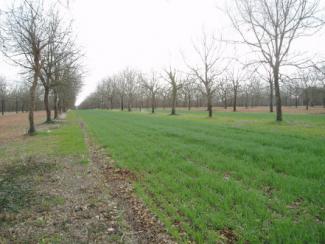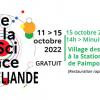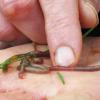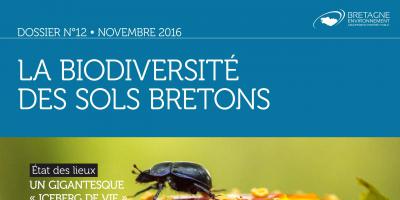Agroforestry - programs
Research programs on agroforestry
AGRIPSOL
 Background
BackgroundAgroforestry is a land management system combining trees with agricultural practices. Several studies have been conducted in order to estimate the culture auxiliary’s diversity in these systems, but very few studies focus on the impact of these crops on earthworm communities.
Aims of the study
This study’s goal is to (i) determine the role of particular habitats made of rows of trees by using different comparison samples (grassland, crop field, forest), (ii) discover if there are differences in soil’s structure when there are trees and/or earthworms, (iii) observe the variations of earthworm communities depending on the tree density and (iv) observe the variations of earthworm communities depending on different local agronomic situations.
Progress made
To conduct the investigation, 13 parcels – divided into field crops (10), orchard meadows (3) and market gardens (1) – were studied. The earthworms’ samples were extracted in the tree row, in the inter-row (in the parcel, between the trees) and, when it was possible, in the comparison samples (prairie, field crops and forest) so that we could compare the samples to references. The results of this study show that the tree row has a beneficial impact on the earthworms in the area that is cultivated with agroforestry. However, this beneficial impact diminishes by the middle of the parcel. The density of trees (from 35 to 400 trees by hectare) does not appear to impact on earthworms in this study. Furthermore, the study of the soil’s structure shows that there is generally less soil compaction within the tree rows than in mixed crops.
SMART
BackgroundThe SMART CASDAR focuses on fruit agroforestry with vegetable crops (12 sites). The research on that kind of agroecosystem is poorly developped, but it is encouraging
Aims of the study
The structural quality has been monitored in the South-West of France, by the Visual Soil Assessment method (VSA) ; and the earthworm population by the spade test protocol. These systems are characterized by an intensive production on narrow areas.
Progress made
They are very mixed and complex. 60% of the samples were good quality whereas 40% medium quality. An average of 431 earthworm/m² were found in the tree row (R) and 286 earthworm/m² in the crop inter-row (IR). Taxonomic richess is on average 9 taxons for the R and 7 for the IR. Results of the different sites haversted are very mixed. These systems should be suitable for a good structural and earthworm soil fertility, and sustainable. More research should be carried out to confirm these results.





